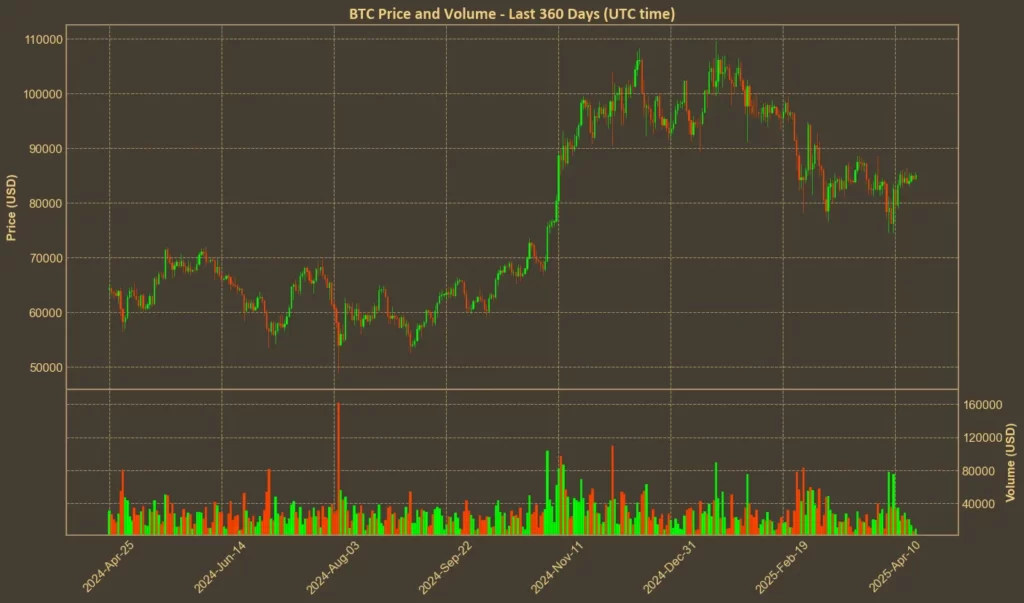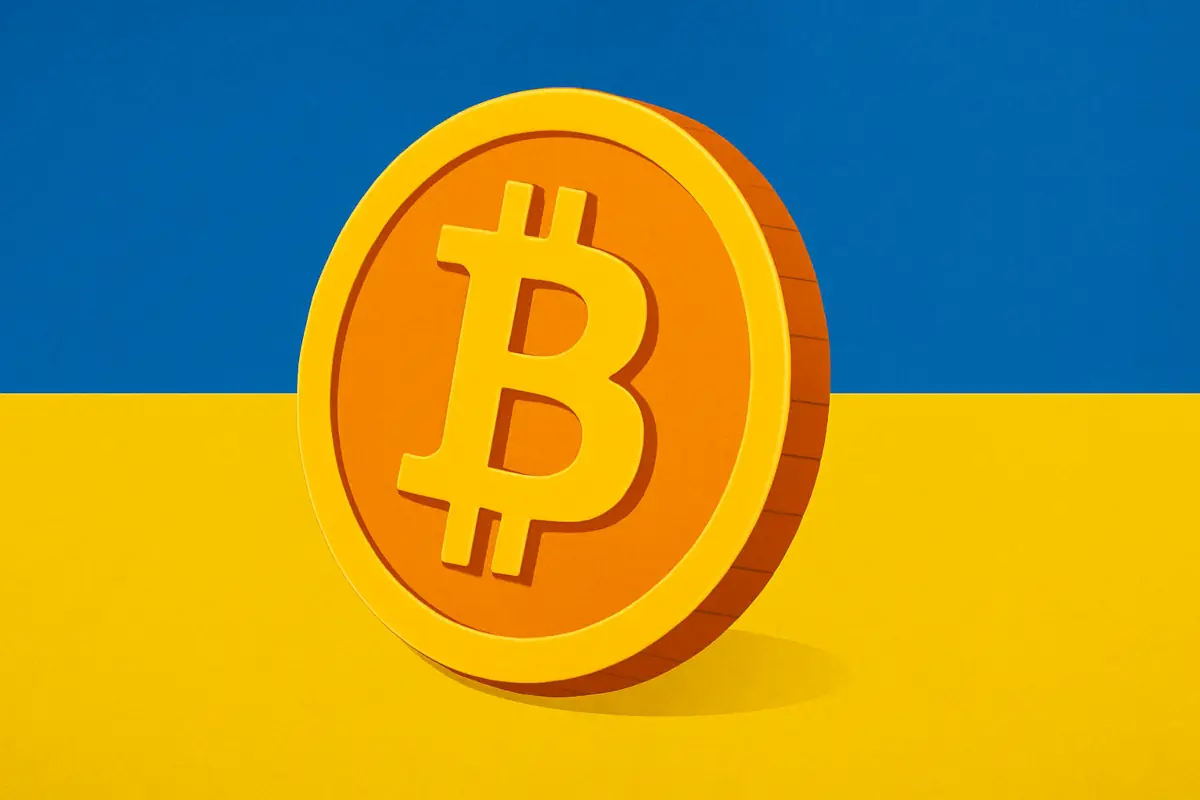Exactly one year ago, Bitcoin completed its fourth halving – cutting the mining reward from 6.25 BTC to 3.125 BTC per block. The event, which took place on April 19, 2024, was watched closely by analysts, miners, and the entire crypto community. Since then, a lot has happened. So how did Bitcoin perform this time – and how does it compare to previous cycles?
Table of Contents
The Numbers One Year Later
Each halving in Bitcoin’s history has been followed by significant price growth. In 2012, after the first halving, the price jumped from around $12 to over $1,000 in one year. The second halving happened in July 2016, when Bitcoin traded near $650. By the following summer, it had climbed past $2,500. The third halving came in May 2020 with Bitcoin at $8,600 – one year later, it was sitting just below $57,000.
The fourth halving, which happened last April, was different. Bitcoin was already trading near $64,000 – just 12% off its all-time high. Today, one year later, it’s around $85,000. That’s a 32.5% gain, which makes this the lowest post-halving return percentage-wise.
But it’s still meaningful. Bitcoin’s total market cap has increased by over $430 billion – the second-largest growth of any halving period, just behind 2020.

Halving Pattern Still Holds
While the growth this time around is more modest, the core trend hasn’t broken. Each halving has happened at a higher price than the one before. Bitcoin has never traded lower than it did four years earlier. And one year after each halving, the price has always been higher.
It’s the first time Bitcoin didn’t post triple-digit growth post-halving – but given the scale it operates on now, that’s not surprising. At this size, adding hundreds of billions in value still counts as significant. If anything, this cycle might mark the point where Bitcoin stopped being a trader’s bet and became more of a macro asset – still volatile, but not just hype-driven anymore.
The Road to the Next Halving
The next halving is expected in April 2028. That’s when the reward will drop again, this time from 3.125 BTC to 1.5625 BTC. That process will repeat roughly every four years until the final halving in 2140, when rewards will disappear entirely.
But the inflation rate will fall off much earlier. By 2035, over 99% of all bitcoins will have been mined. After that, it’ll take more than a century to unlock the final 1%, and more than 30 years to mine the last Bitcoin.
Bitcoin’s current block reward still matters, especially for miners. But over time, the financial incentive will shift away from issuance and toward transaction fees. That’s the endgame Satoshi designed from the start – and so far, the timeline hasn’t slipped.
Read also: What Happens When All Bitcoins Are Mined?
Final Thoughts
The fourth halving didn’t deliver a 10x run, and it didn’t triple anyone’s bag. But it still worked as historical patterns suggested. Bitcoin is worth more now than it was a year ago. It added hundreds of billions to its market cap. And it’s heading into the next cycle with its core narrative fully intact.
With the first year now behind us, what comes next is less predictable. The second year after a halving hasn’t followed a clear pattern. After the 2012 and 2020 halvings, Bitcoin saw significant drops in year two. But in the cycle following 2016, the gains kept going – and the price more than doubled.
Read also: Which Cryptos Have Halving? Bitcoin Isn’t the Only One




